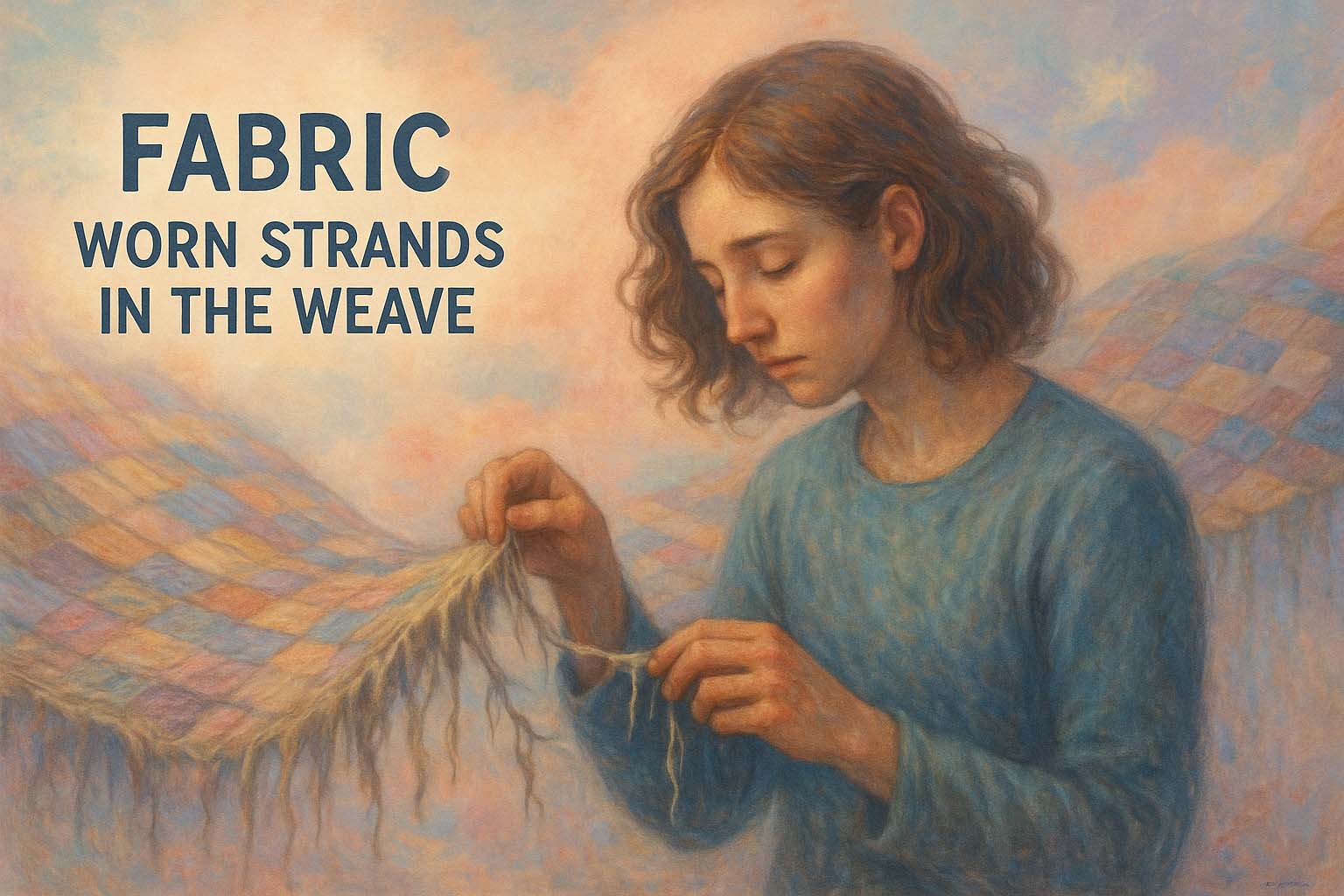

Predisposition: FABRIC
The Early Fray in the Fabric
Some individuals carry a quiet vulnerability to suicidality long before thoughts of death take form. This predisposition may stem from longstanding emotional pain, unresolved trauma, chronic mental illness, or accumulated stress. While suicidal ideation is not yet present, the emotional cloth is already thinning. Protective ties—family, faith, values, or inner strength—may still be holding, but they are stretched. FABRIC helps clinicians recognise these early signals not as diagnostic criteria, but as relational threads where care can begin. To pause, to notice, and to ask what hurts—this is prevention through presence. A stitch held early may hold everything.
FABRIC offers a structure to gently explore the subtle unraveling of psychological resilience. Each letter maps to a distinct thread of vulnerability—woven from foundational research in suicide theory and clinical practice. When explored with compassion, these threads reveal where pain is carried and where connection can begin.
F – Fragile Sense of Self
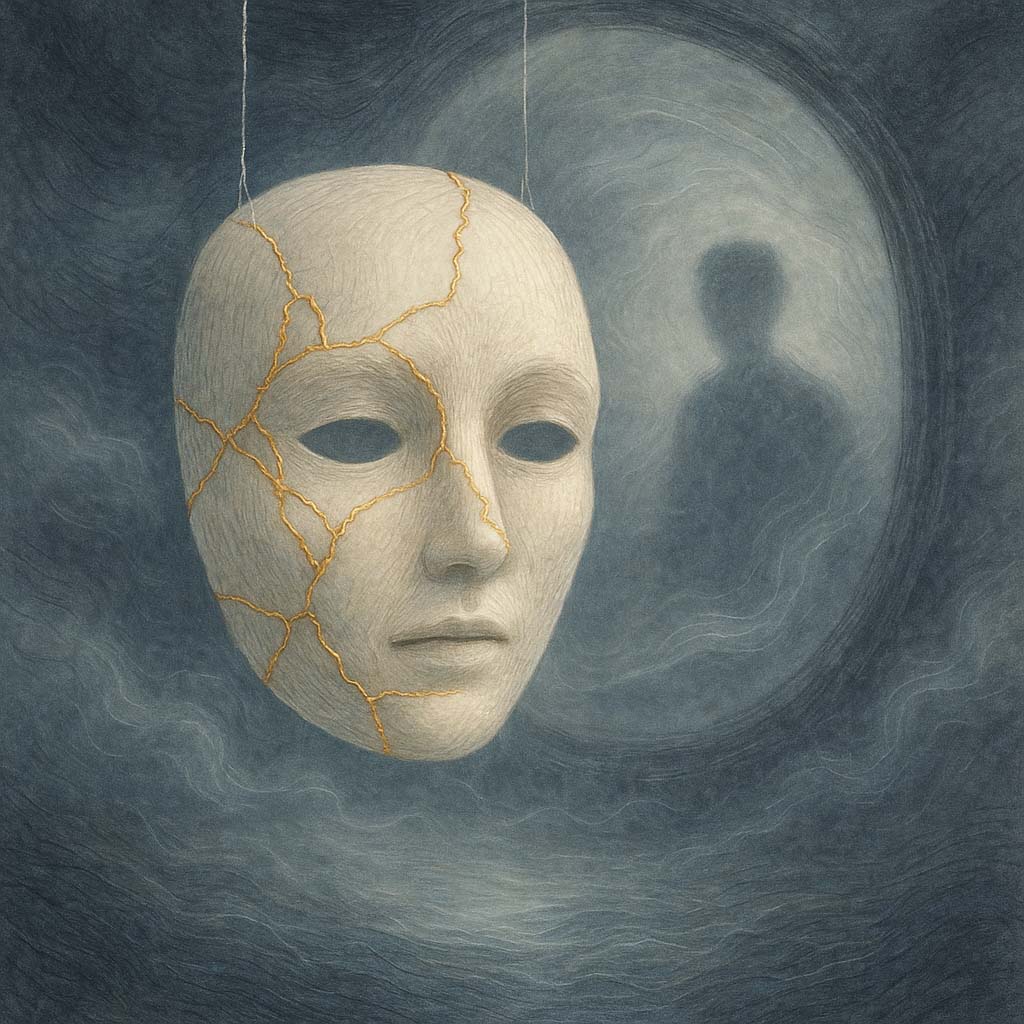
Many people at risk begin not with suicidal thoughts, but with a quiet erosion of identity. A person may feel like a shadow of who they once were—no longer confident, no longer proud, unsure of where their value lies. This fragmentation of the self reflects core elements of Beck’s Cognitive Triad and Van Orden’s Dispositional risk factors, which highlight low self-worth and chronic self-criticism as deep vulnerabilities. Clinicians can explore this gently: “Do you still feel proud of anything you’ve done recently?” or “Do you feel like you’ve lost your sense of who you are?” When self-esteem begins to unravel, the protective weave that holds life together loosens.
A – Alienation & Isolation
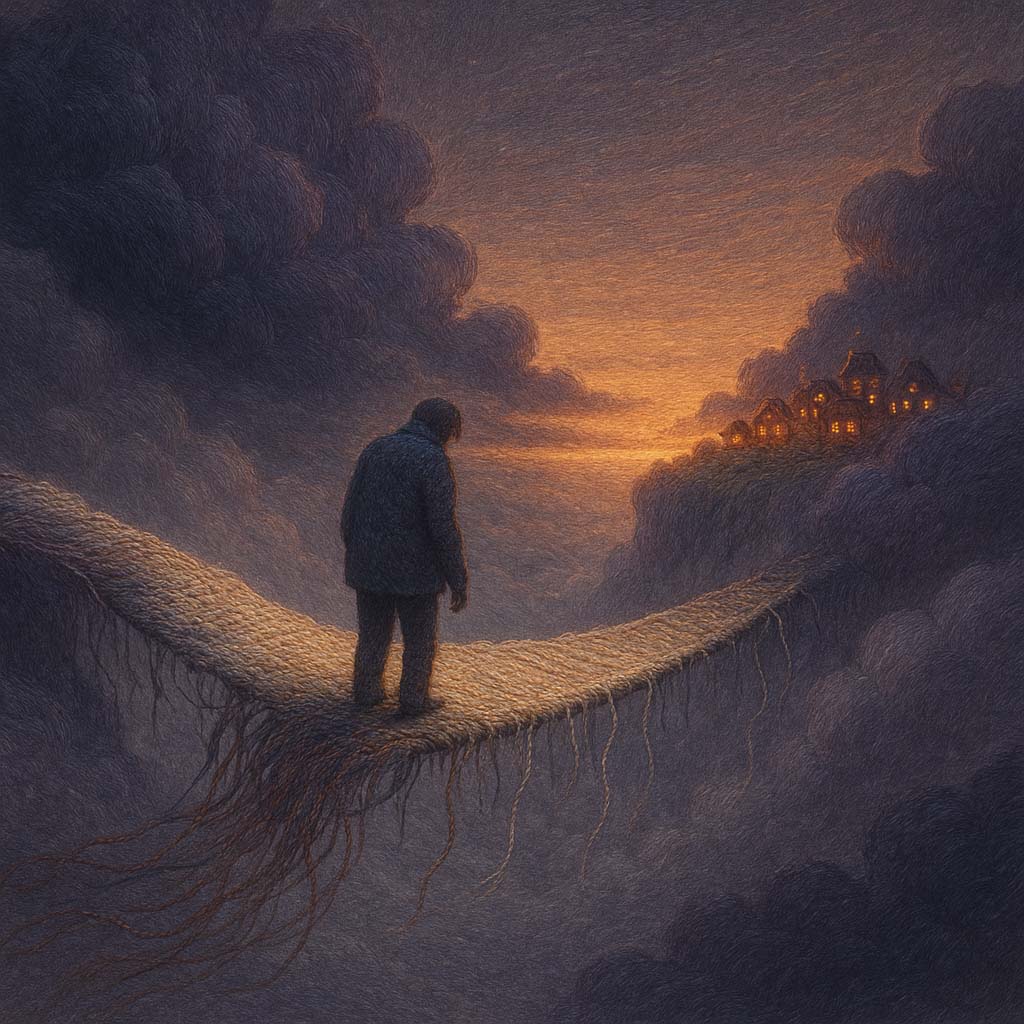
Even in the presence of others, many feel unseen. Alienation marks the fading of connection, the subtle but painful shift from belonging to loneliness. People may withdraw from routines, avoid conversation, or feel that no one truly understands them. Joiner’s Interpersonal Theory names this thwarted belongingness as central to suicide risk. HTS and the Cry of Pain model echo this, showing how social isolation deepens emotional entrapment. We might ask: “Have you pulled back from people or routines that used to matter?” or “Even when you’re with others, do you still feel alone?” The thread of connection thins long before a crisis appears.
B – Burdensomeness

In times of suffering, it’s common for people to believe they are a burden—causing stress or hardship to others, even when no one else sees it that way. This belief is one of the most potent predictors of suicide in Joiner’s Interpersonal Psychological Theory. It creates the painful illusion that others would be better off if they weren’t here. Questions like “Do you feel like your presence is more of a help or a burden?” help clinicians explore this belief without judgment. Even perceived burdensomeness, when left unspoken, can fray the edges of hope and belonging.
R – Repetitive Rumination
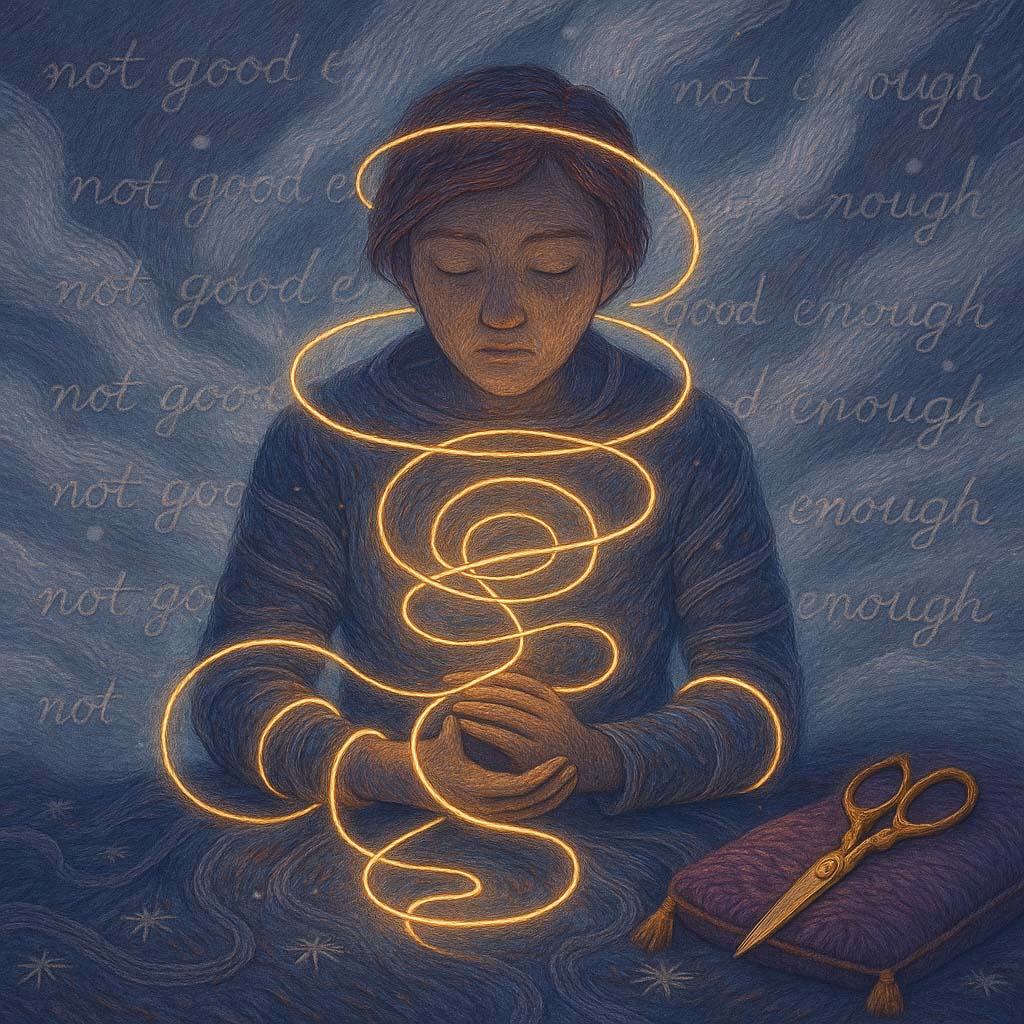
When distress loops inside the mind, it creates a cognitive echo chamber. Rumination—those repetitive, punishing thought cycles—keeps a person stuck in shame, regret, and self-blame. Beck’s model shows how these patterns reinforce a negative view of the self, while the Cry of Pain and IMV models highlight how they maintain defeat and entrapment. Gentle questions like “Do certain thoughts keep looping in your mind?” or “Do you find it hard to stop beating yourself up?” open a doorway to this mental noise. Rumination is where the fabric wears thin through repetition and pressure—often invisible, but deeply damaging.
I – Inescapable Circumstances
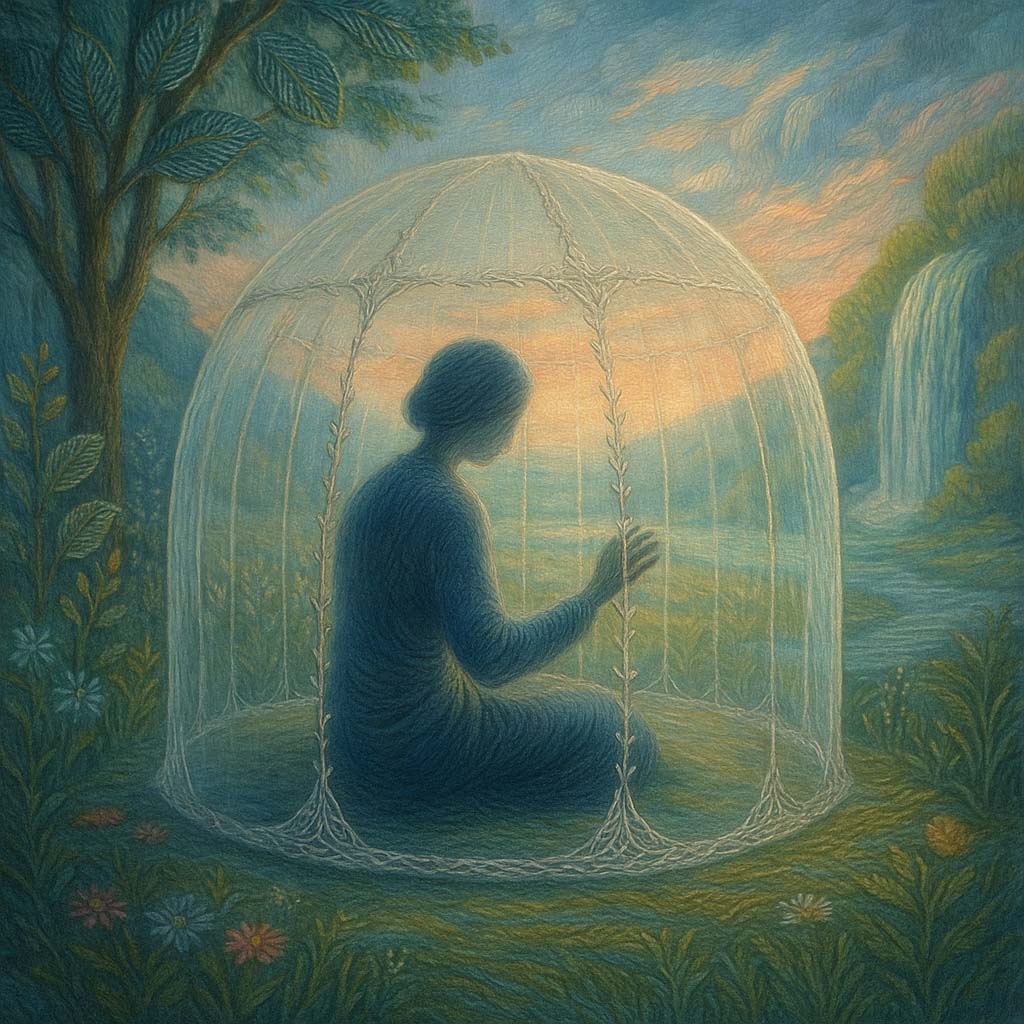
Sometimes people feel boxed in—trapped in a situation with no way forward. This feeling of entrapment is at the heart of several suicide theories, including Baumeister’s Escape Theory, the Cry of Pain model, and the IMV model. Whether due to financial stress, relationship conflict, or chronic illness, the person may feel helpless, powerless, and out of options. Clinicians can explore this gently: “Do you feel like you’ve tried everything, but nothing seems to shift?” or “Does it feel like no matter what you do, the outcome will stay the same?” When life feels like a closed loop, suicide can appear as the only exit.
C – Curtain of Despair

Finally, we come to the loss of imagined future. The curtain of despair falls when a person can no longer see past their current suffering. Beck’s Hopelessness Theory, Klonsky’s 3ST, and the Cry of Pain model all place hopelessness at the centre of suicide risk. This is not ordinary sadness—it’s the sense that nothing can change, that light has faded from the end of the tunnel. Asking, “Is it hard to picture anything beyond this current pain?” or “Have you lost the ability to imagine feeling okay again?” invites a conversation about what still flickers, and what has gone dark.
Meet Ella – Our Roleplay Character
Ella is a 38-year-old woman navigating fresh grief after losing her mother. With a long-standing history of emotional neglect and chronic depression, Ella now faces financial instability following redundancy. Living alone and disconnected from her siblings, she describes herself as “numb,” and “tired of burdening others.” Though she denies wanting to die, she cannot envision a meaningful future. In this roleplay, you’ll engage with Ella using the FABRIC model, gently exploring her pain points without urgency—listening for what might be fraying and holding space for what may still remain.
What You’ll Take Away from FABRIC Training
- A nuanced, layered approach to exploring psychological pain before ideation
- The ability to ask open and closed questions with tact, warmth, and purpose
- Hands-on roleplay with feedback on empathy, pacing, and presence
- Practical understanding of how Beck, Joiner, Baumeister, and IMV inform risk conversations
- Greater confidence to hold space for emotional distress without rushing to problem-solve
- Early intervention tools that support connection, reflection, and relational safety
Join the STEPS Training to learn how to hold the emotional fabric—before it tears.
This is not just assessment. It’s the art of noticing. The science of listening. The practice of being present.

